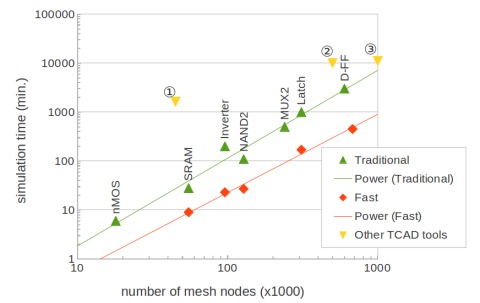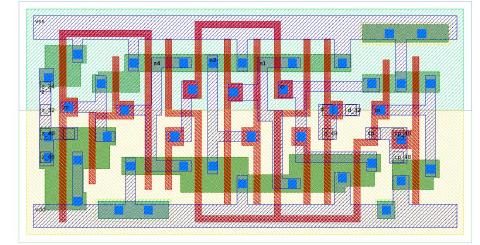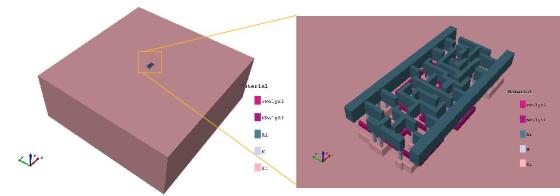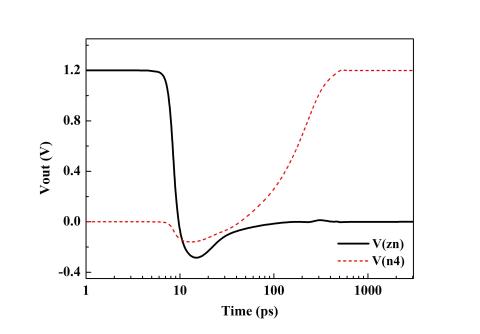The Paper
At SISPAD 2012 (Denver, CO, 5-7 Sept, 2012.), Cogenda presented a paper on its new generation of TCAD device solver. This fast solver still solves the full TCAD equations (Schokley Equations), preserving the physical accuracy of TCAD.
With an improved "half-implicit" algorithm, the fast solver provides 5 to 10 times acceleration when compared to Cogenda's traditional solver, which had been very fast in the industry.

Fig-1. Comparison of simulation speed of the traditional and the fast solver, on an 8-core workstation. Simulation speed of other TCAD tools, as reported in literature, are plotted as well. They are not simulated on the same hardware, though.
It is especially suitable for large-scale device/circuit simulation tasks, which were previously outright impossible or prohibitively expensive with traditional solvers.
Large TCAD Simulation
At a glance:
- D-Flipflop with 24 transistors;
- 1.67 million mesh nodes, 10.7 milllion mesh elements;
- computed on 4 nodes, dual Xeon X5670 CPUs, 48 cores in total, requires 190G RAM;
- completed in 268 minutes (4.5 hours);
Empowered by the fast TCAD solver, we can't resist the temptation to claim a very large TCAD simulation. A D-flipflop circuit consisting of 24 transistors is chosen for this test.

Fig-2 Mask layout of the D-Flipflop circuit.
The 3D model is built with Gds2Mesh using a 90nm process rule. It contains 1,673,519 mesh nodes, and 10,659,866 tetrahedral mesh elements.
Due to the adaptive meshing, the majority of the mesh nodes are in the active region, despite the much large substrate region.

Fig-3 (left) 3D Model of the D-Flipflop circuit. (right) Zoom-in view of the active region of the circuit.
The single-event upset (SEU) of the circuit is simulated, with a 95 MeV Cl+ ion striking on the device. One can see from Fig-4 that the ion causes the data stored in the flipflop to change.

Fig-4 Transient voltage waveform of the output node of the flipflop circuit.
What's next
While developing a "silver-bullet" device simulator that is fast and efficient in all cases might not be possible, specialized solvers, each designed for specific problem, are much more feasible. The half-implicit solver, described above, is especially suitable for transient problems for CMOS devices. Specialized solvers for other problems are under development at Cogenda, as part of our commitment to continuous innovations in TCAD technology.
 Domestic EDA technology pioneer | PFTN semiconductor
Domestic EDA technology pioneer | PFTN semiconductor

